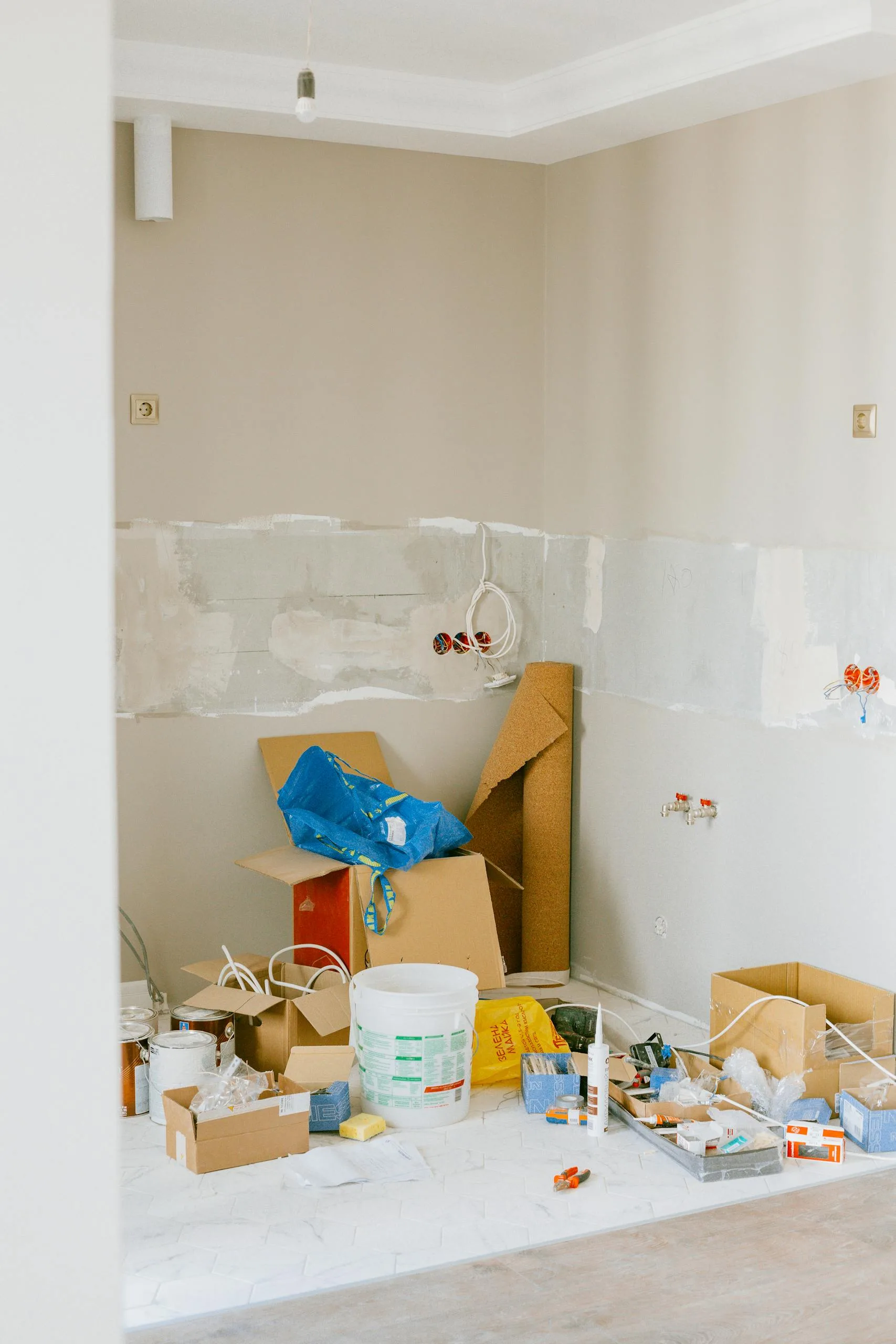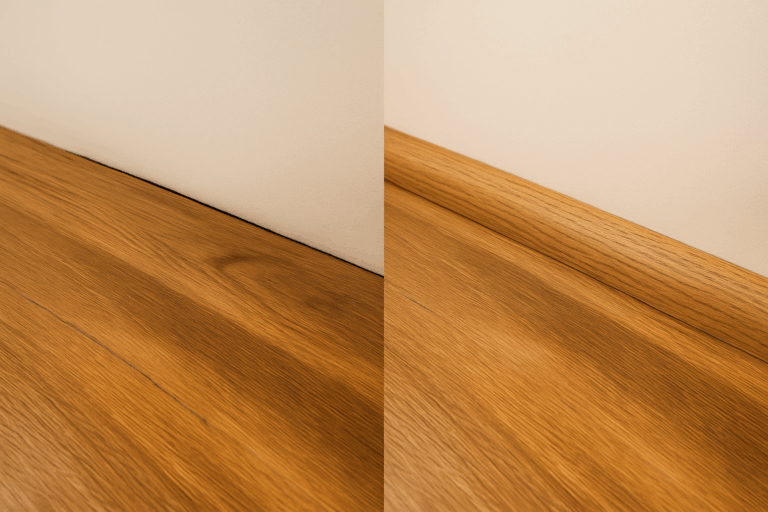DIY success doesn’t just come from enthusiasm — it comes from avoiding the pitfalls that trip up even experienced homeowners. If you’ve ever found yourself mid-project wishing you’d done something differently, this post is for you. Below, we’ll walk through five of the most common DIY mistakes, what really goes wrong, and how to avoid each one with smart prep and the right mindset.
1. Skipping Prep Work
Why It’s a Problem:
You’re eager to get started — we get it. But skipping setup is like painting without primer: things look fine at first, then fall apart fast.
Real Consequences:
Crooked cuts, splattered paint, wasted materials, and the dreaded “I’ll fix it later” moment that never comes.
The Fix:
Slow down and prep your space. Clean the area. Lay down drop cloths. Tape off anything you want to protect. And most importantly: gather all your tools before you start.
Pro Tip: Check our Painting Like a Pro Guide for a prep checklist that saves hours.
2. Using the Wrong Tools
Why It’s a Problem:
Trying to MacGyver your way through a project with the wrong gear almost always leads to frustration — and sometimes damage.
Real Consequences:
Chipped trim, crooked shelves, stripped screws, or a project that takes 3x longer than it should.
The Fix:
Invest in a few real-deal essentials: a stud finder, a quality level, a utility knife that actually cuts, and a cordless drill that can handle screws without stalling out.
Need a refresher? Start with our Tools We Recommend page — it covers must-haves, upgrade picks, and pro-level gear.
3. Buying the Cheapest Materials
Why It’s a Problem:
We’re all trying to save money — but cutting corners on materials can mean redoing the same job again next month.
Real Consequences:
Peeling paint, crumbling drywall patches, leaky caulk seams, warped flooring, or tools that fail when you need them most.
The Fix:
Stick to mid-grade materials that balance affordability and quality. Read reviews, ask questions, and when in doubt, spend a little more on the parts that hold everything together.
Watch Out: Caulk, sandpaper, and patch kits are common traps — super cheap versions tend to underperform.
4. Ignoring Safety Basics
Why It’s a Problem:
The most dangerous jobs are the ones you assume are “quick” or “easy.” That’s when gloves, goggles, or dust masks get skipped — and injuries happen.
Real Consequences:
Nicks, burns, eye damage, ladder falls, or electrical shocks that turn a 15-minute job into a hospital visit.
The Fix:
Glasses, gloves, closed-toe shoes, and a basic understanding of what you’re touching. If you’re using power tools or doing electrical work, slow down and double-check everything.
Quick Win: Keep a small “safety kit” in your toolbox — include PPE, extra batteries, and even earplugs.
5. Overestimating Skill (and Underestimating Time)
Why It’s a Problem:
You watched two YouTube videos and now you’re cutting crown molding solo. We’ve all been there.
Real Consequences:
Botched cuts, open seams, crooked installs, or getting halfway in and realizing you’re out of your depth.
The Fix:
Be honest about your skill level and how much time you actually have. Start with simpler projects that build skill (like patching drywall or mounting shelves) before jumping into flooring, tiling, or electrical.
Confidence Builder: Browse our full set of DIY Guides to start with wins that teach you as you go.
Final Word: Do It Right the First Time
DIY is about more than saving money — it’s about learning to solve real problems around your home. Avoiding these five common DIY mistakes gives you a massive head start.
Need the right tools to get started?
👉 Head to our Tools We Recommend page to gear up with confidence.
Want more smart tips?
View Guides




